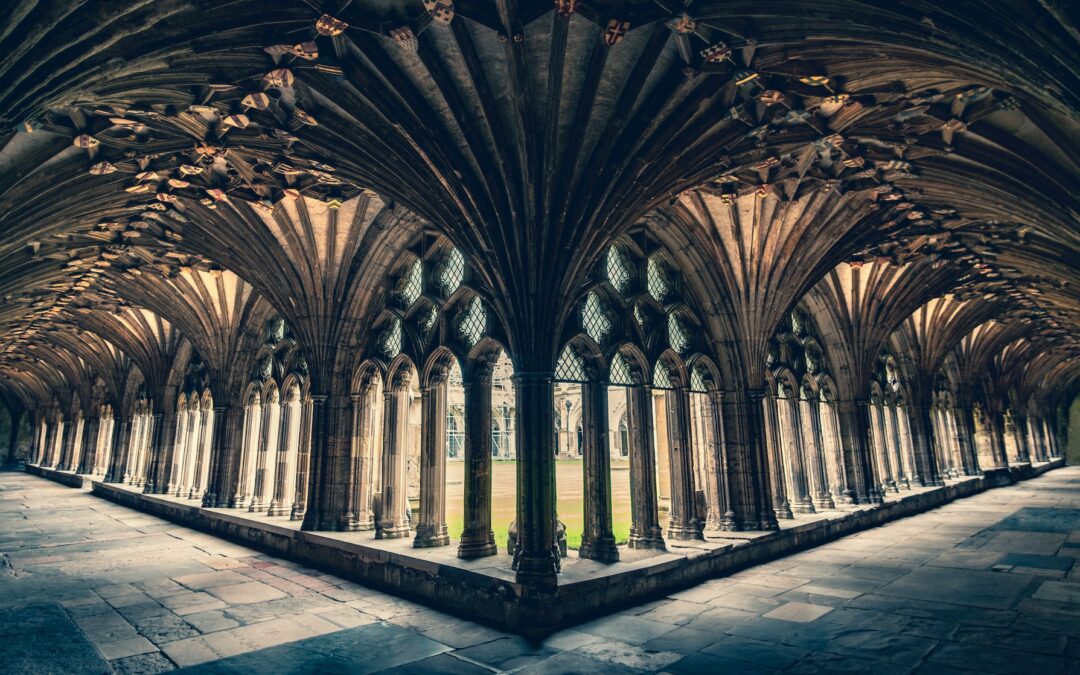Adaptive reuse is an architectural approach that repurposes existing structures for new functions, breathing new life into old buildings while respecting their historical and cultural significance. This sustainable design strategy not only preserves valuable architectural heritage but also contributes to the conservation of resources by reducing the need for new construction materials and minimizing urban sprawl.
Archiplex Group, a full-service architectural firm based in Salt Lake City, Utah, excels in the realm of adaptive reuse, leveraging their extensive experience to transform underutilized or abandoned buildings into vibrant, modern spaces for living, working, and leisure. With a deep commitment to sustainability and a reverence for the stories embedded within older structures, Archiplex Group’s adaptive reuse projects showcase their ability to strike a delicate balance between preserving the past and embracing contemporary needs.
In this article, we will delve into the principles behind adaptive reuse, discussing its importance in creating environmentally responsible and culturally rich urban landscapes. We will also explore the benefits of adaptive reuse for property owners, tenants, and communities, highlighting Archiplex Group’s approach to designing innovative, sustainable spaces through the transformation of existing structures. Join us as we uncover the transformative potential of adaptive reuse and discover how Archiplex Group’s expertise can help you reimagine old buildings for a new era of sustainable living and working.
Principles of Adaptive Reuse
Adaptive reuse encompasses a range of architectural strategies and approaches, unified by several key principles that dictate the process:
- Respect for Historical Integrity: Adaptive reuse projects balance the need for modern functionality with preserving the original character and architectural features of an existing structure.
- Sustainability: By repurposing existing structures, adaptive reuse reduces the demand for new construction materials, energy consumption, and waste generation, contributing to a more sustainable built environment.
- Creativity: Adaptive reuse often calls for innovative design solutions to accommodate new functions while respecting the existing building’s form and structure, resulting in unique, context-driven spaces.
- Community Engagement: Adaptive reuse projects can foster social cohesion by retaining and revitalizing historically or culturally significant spaces, creating a renewed sense of pride and identity for local communities.
Archiplex Group’s Approach to Adaptive Reuse
Archiplex Group is well-versed in the complexities of adaptive reuse, employing a comprehensive approach to ensure the successful transformation of old buildings into functional, sustainable spaces:
- Feasibility Assessment: Archiplex Group conducts thorough assessments to determine the viability of an adaptive reuse project, evaluating factors like existing building conditions, structural limitations, and potential return on investment.
- Contextual Design: By carefully considering the surrounding context, historical elements, and cultural significance of a building, Archiplex Group ensures that their adaptive reuse projects are both visually and functionally harmonious with their environment.
- Sustainable Integration: Archiplex Group prioritizes the incorporation of energy-efficient systems, sustainable materials, and green building practices in their projects, promoting environmental stewardship and long-term sustainability.
- Collaborative Approach: Working closely with clients, stakeholders, and community members, Archiplex Group adopts a collaborative approach to adaptive reuse projects, forging valuable partnerships and ensuring that the final outcome meets the needs of all parties.
Benefits of Adaptive Reuse
The practice of adaptive reuse offers a wealth of benefits for property owners, tenants, and local communities, including:
- Cost Savings: Adaptive reuse projects often come with lower construction costs compared to new builds, as existing structures can be leveraged to reduce material and labor expenses.
- Historic Preservation: Repurposing old buildings helps preserve architectural heritage and cultural identity, maintaining a tangible connection to the past and fostering a sense of place and belonging within communities.
- Enhanced Sustainability: By minimizing resource consumption, reducing waste generation, and lowering carbon emissions, adaptive reuse projects contribute to the creation of a more sustainable built environment.
- Economic Revitalization: Adaptive reuse can play a significant role in the revitalization of urban areas, bringing new life and economic vitality to underutilized or neglected structures and spaces.
Archiplex Group’s Adaptive Reuse Success Stories
Archiplex Group has a diverse portfolio of successful adaptive reuse projects, demonstrating their ability to creatively transform old structures into modern, functional spaces:
- Redefined Industrial Warehouse: By repurposing a former warehouse structure, Archiplex Group created an innovative mixed-use space, featuring offices, retail, and flexible event areas—all while retaining the building’s original industrial character.
- Revitalized Historic School: Archiplex Group masterfully transformed an outdated, underutilized school into a vibrant community center that now houses an array of local organizations, recreational facilities, and gathering spaces.
- Converted Commercial Loft: With a focus on preserving historic architectural elements, Archiplex Group’s design for the conversion of a commercial loft building into modern, open-concept office spaces blends the best of old and new, fostering a unique work environment that balances history and modern functionality.
Conclusion
Adaptive reuse projects are a testament to the transformative power of thoughtful and innovative architectural design. By embracing principles of sustainability, historic preservation, and creative problem-solving, Archiplex Group’s adaptive reuse projects redefine what is possible for old structures, transforming them into functional, sustainable, and aesthetically captivating spaces for modern life.
If you’re considering an adaptive reuse project, trust in the sustainable design architects of Archiplex Group’s expertise to guide you through the process from start to finish. Together, we can reimagine the future of our built environment—one revitalized building at a time.

